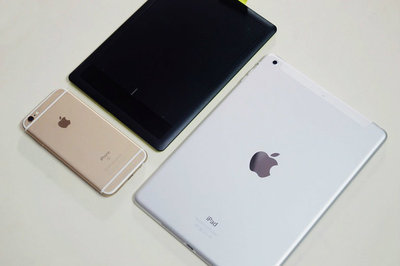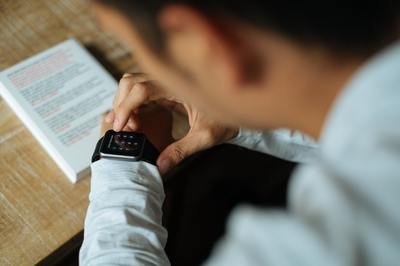3 practical uses for wearable technology in EHR systems
Wearables offer the opportunity to add a layer of nuance to health information healthcare providers collect from their patients. However, this opportunity is tempered by some practical concerns of patient buy-in and practicality of use. On one hand, wearables are big business, with $20 billion in global sales in 2015 and a projected 60% increase in user adoption by 2019. It therefore reasons that with growing sales and user adoption the next logical step is to employ this technology to promote health and wellness in patient populations. In theory, this prospect is quite nice, however, it is more likely that practical and usable implementation of wearable technology in EHR may be a longer-term reality.
One barrier rests in the fact people just do not stick with wearables in the long term. For example, a 2014 report published by Endeavour Partners claims that a third of owners abandon their wearables after just six months, up from 50 percent the year prior. The same survey conducted in May 2015 showed little improvement with 43% of wearable device users abandoning their devices a year after purchasing them. Despite the growth of wearables and an equally strong trend abandonment by users, questions remain about how wearables can be used to enhance the data collection functionality of EHRs presently.
1. Activity tracking
As the most popular type of wearable, activity trackers offer the most apparent and promising opportunities for wearable technology in EHR. For example, activity trackers provide opportunities to track diet, exercise and sleep habits for patients that are driven by a clear set of goals that are established by the provider and patient. For example, patients may be prescribed a healthy physical activity goal and report back data via their wearable integration with EHR with no need for regular appointments.
Recommended reading: EHR Vendor Directory - Find EHR systems that support wearable technology
2. Chronic disease management
Patients suffering from chronic conditions may benefit from wearable technology such as wearable biosensors that can track health information such as heart rate, body temperature, blood glucose and surrounding air quality (for asthma sufferers), blood oxygenation and sleep patterns.
Based on survey data, patients appear to be open to the prospect of self-management of chronic disease using health apps and wearables with a recent poll indicating that 28% of consumers said they have a healthcare, wellness or medical app on their mobile device, up from 16% last year. Nearly 66% of physicians would prescribe an app to help patients manage chronic diseases such as diabetes. Given this fact, the use of wearable technology in EHRs for remote patient monitoring of chronically ill patients offers an additional layer of data for providers to manage patient health and to craft interventions to mitigate disease.
3. Vitals tracking
Another area of wearables which may offer practical applications in the present are smaller wearables such as the HealthPatch MD, a small reusable biosensor a patient affixes to their body, capable of transmitting vital information to their provider’s EHR. The HealthPatch MD has ECG electrodes and also has a three-axis accelerometer for tracking heart rate, breathing, temperature, steps and even detects body position in case if a person has fallen.
Mobile devices offer tremendous opportunities for the healthcare industry by the fact that unlike other forms of communication, such as the internet, they are personal, their price is continuously reduced while their functionalities increase. However, barriers to users remain as the abandonment problem (at least in the short term) raises questions as to their long term use among patient populations.
Free white paper

EHR Vendor Directory
Get the most up-to-date directory of EHR software vendors. Find the best software for your practice.

Featured white papers
Related articles
-

iOS and Android mobile EHR apps: everything you need to know
Everything you need to know about mobile EHR - features, benefits, recommended apps and more
-

Wearables in healthcare: three innovative use cases
Wearables in healthcare show a lot of promise, but how exactly can we use them?
-

How to sell cloud EHR to practice management
Practice managers can be cautious when it comes to cloud EHR - here's how to ease their fears



